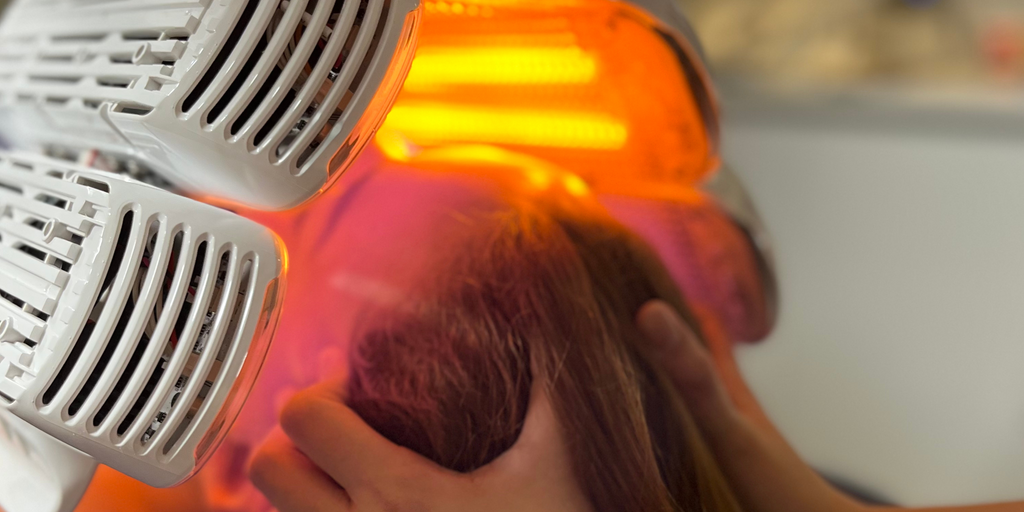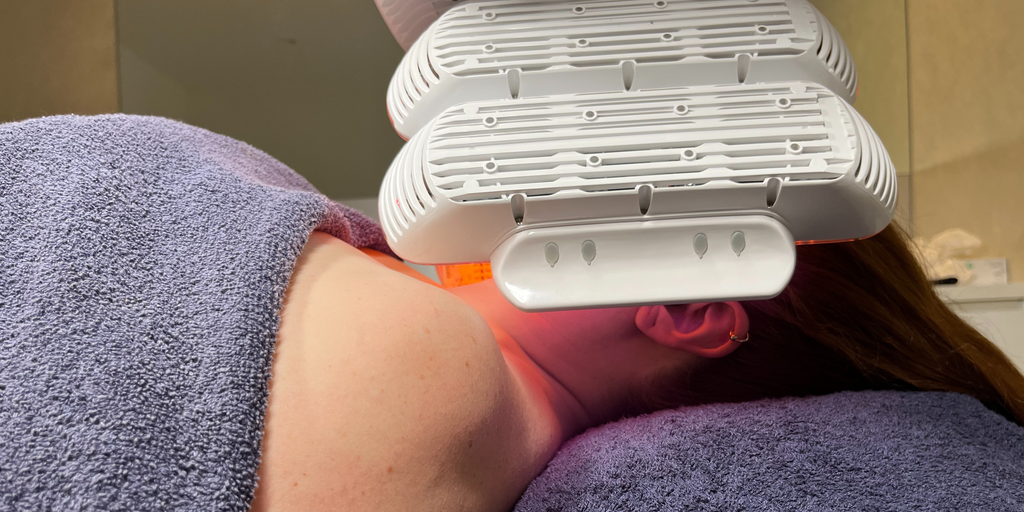
.png)
There are many treatments available to help heal skin damage and improve signs of ageing. LED light therapy from Lavish Skin and Body is one of those treatments. It is non-invasive and is proven to be safe and effective at treating many skin conditions and concerns. If you are thinking about the treatment but are not sure whether it is right for you, here are some important things that you should know.

The light-emitting diode, or LED, was developed by the National Aeronautics and Space Administration in the United States during the 1960s. At first, it wasn't intended as a dermatological treatment. LED was intended to facilitate experiments to find out whether plants could be grown in outer space.
Before long, it was discovered that LED light could have wider applications, including in the field of dermatology. Exposure to LED lights helps to promote the growth of human tissue, which in turn can help with the healing of wounds and other skin imperfections.
LED lights at different wavelengths when used in therapy. When the wavelengths are longer or shorter, it makes the light itself appear in different colours. However, it is not the colour of the light that makes it therapeutic.
Skin is made up of several different layers. The epidermis is the outermost layer, while the dermis is the lower layer. Each of these layers consists of several different sublayers. Different wavelengths of LED light penetrate various layers and sublayers in the skin, and it is this ability that makes the therapy effective at treating a variety of dermatological issues.
Blue, red, green, and yellow are all examples of colours and wavelengths that can be used in light therapy using LEDs. Red and blue are the colours most commonly used. Red light penetrates deep layers in the skin, while blue light only affects the uppermost layer. Yellow light penetrates somewhere between the two.
It is common for people receiving the therapy to have multiple skin issues at the same time. For this reason, sometimes more than one wavelength of LED light is combined into one treatment.

LED light therapy may help treat the following chronic skin conditions:
These conditions cause redness, irritation, and itching of the skin.
Light therapy with LED can also be used to treat actinic keratosis, which is the scientific name for precancerous spots on the skin that are scaly and rough. Basal cell carcinoma is the most common type of skin cancer, and when it is superficial, i.e., close to the skin, the therapy can be used to treat it.
Blue light therapy is used to treat mild-to-moderate acne. It accomplishes this by killing bacteria that cause inflammation and reducing activity in the oil-producing sebaceous glands. Red light therapy helps to heal wounds and reduce the appearance of scars by stimulating collagen production in the fibroblast cells of the skin.
Collagen is a protein found throughout the body. It forms fibrils by packing the molecules together to form a long, thin structure. Collagen is what gives skin its firmness and elasticity, but as you get older, your body produces less of it.
By stimulating the cells in the skin that produce collagen, the fibroblasts, red light therapy not only helps to reduce the appearance of scars but also wrinkles and sun damage. For this reason, it is a popular anti-aging treatment.
LED does not produce any ultraviolet radiation, and it doesn't burn or otherwise damage the skin the way treatments such as laser therapy or chemical peels can. Though it can also be used alone, LED light therapy is sometimes used in combination with other treatments to help promote the healing of the skin. It is considered safe and effective.
The therapy often requires multiple treatments to get the full results. However, each treatment is brief, lasting around 10 to 20 minutes. It is a non-invasive procedure, and once it is over, you can return to your normal activities. The only exceptional thing you have to do is to protect your skin from the sun for a few days. The treatment often includes photosensitive drugs to make it more effective. Until these drugs wear off, you may be more susceptible to sunburn than usual.
Though it is not for everyone, the therapy is generally suitable for all skin colours and types.

The biggest risk of LED light therapy is that, while the short-term effects have been thoroughly studied, there has not yet been time to assess the long-term effects. Whether there are any, and what those effects may be, is still undetermined.
Some people should not receive this type of skin therapy. It could be dangerous for people who routinely take medications that increase photosensitivity. Before receiving the treatment, it is a good idea to check with your dermatologist.
It is rare for people to experience side effects from LED light therapy. When they do occur, side effects may include pain and tenderness, rashes or hives, redness, and inflammation. Consult a doctor if you experience any of these side effects following treatment.
There are devices available for sale that allow you to be able to perform the therapy on yourself. However, there are benefits to receiving the treatment from a professional. Professional treatments tend to be more powerful and effective. Additionally, having the treatment done by a professional helps to keep you safe. For example, some home devices do not offer proper eye protection, and even though LED does not give off UV radiation, the bright lights could still hurt your eyes.
LED light therapy is a safe, effective, fast-acting treatment to promote collagen production. It can be used alone or with other therapies.
Contact us for more information or book your appointment online by clicking here.

